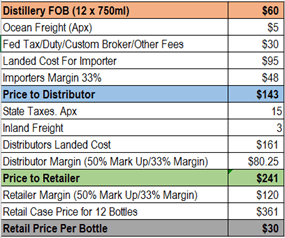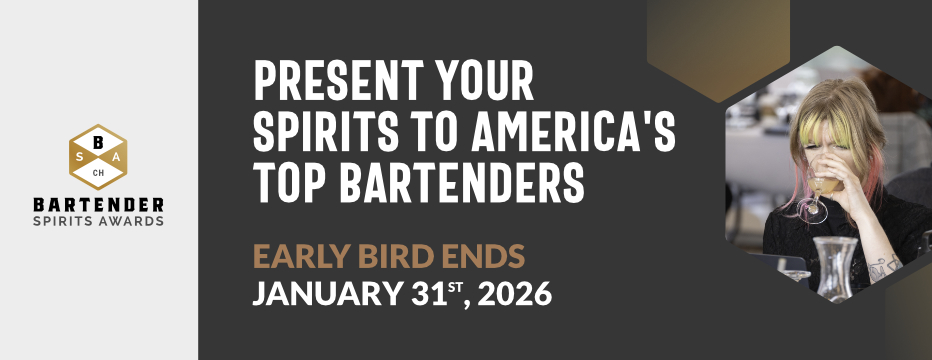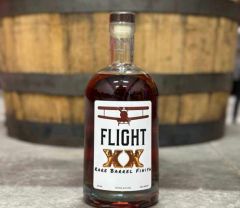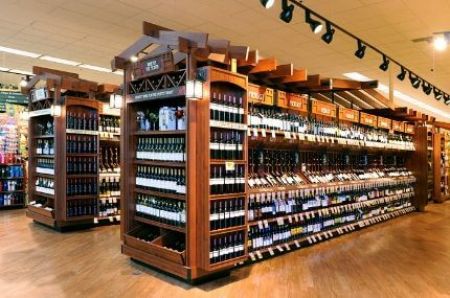Sommeliers Choice Awards 2025 Winners
Three Tier system and Pricing overview for USA Market
At all levels mark up is added. Learn on how you need to price your wine and spirits brands before you pitch your brands to a prospective importer?
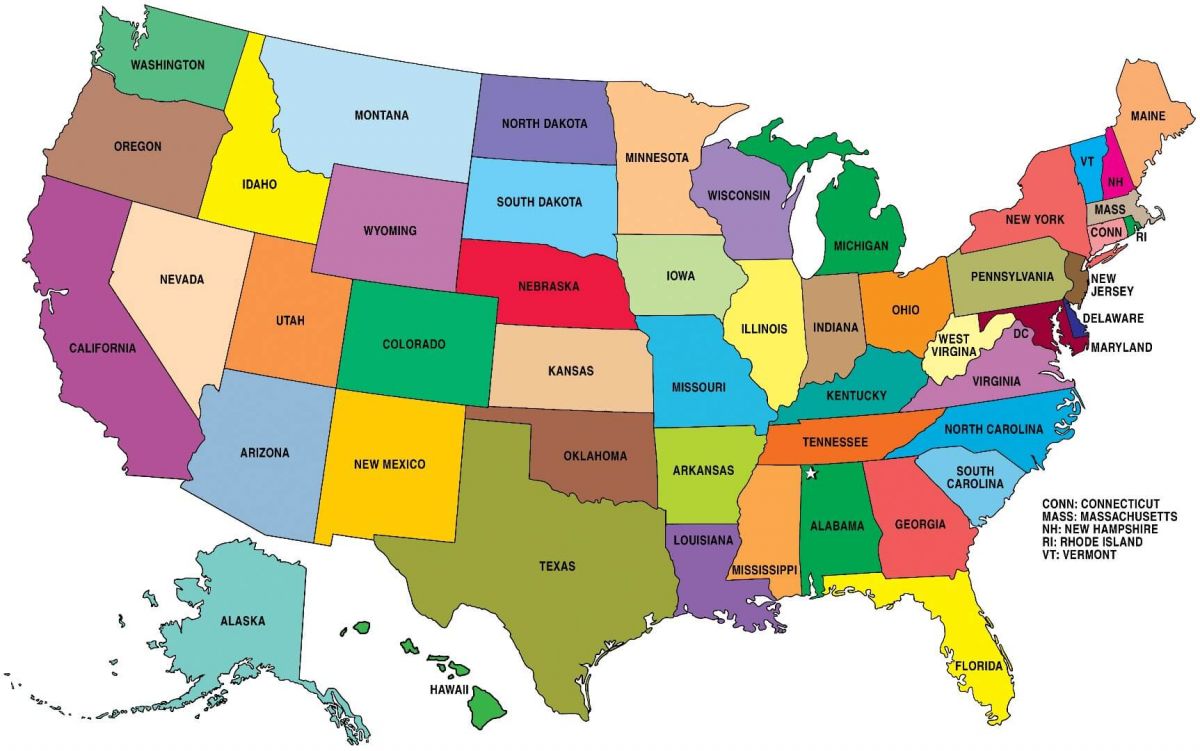
The three-tier system of alcohol distribution is the system for distributing alcoholic beverages set up in the United States after the repeal of Prohibition. The three tiers are producers, distributors, and retailers. The basic structure of the system is that producers can sell their products only to wholesale distributors who then sell to retailers, and only retailers may sell to consumers. Producers include brewers, wine makers, distillers and importers
At all levels mark up is added. But the good news is import taxes are much lower than many parts of the world and thus you see US as one of the biggest wine markets in the world.
The American three-tier distribution system is governed by the 21st Amendment of the United States Constitution. When the U.S. Congress first passed this law in 1933, this historic Constitutional Amendment overturned the infamous 18th Amendment to the U.S. Constitution, passed 14 years before in 1919.
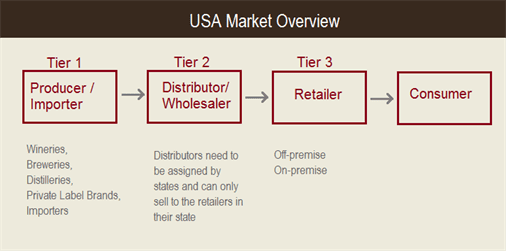
At the state level, two legal approaches are taken. 32 states allow the private sector to distribute and sell alcoholic beverages, including such states as California, New York and Florida, among others via the three-tier wine distribution system. Elsewhere, 18 states have decided to adopt a so-called control distribution model, under which the state is involved in one or more tiers of the traditional three-tier distribution system noted earlier.
Lets look at how the pricing works?
Wine Category
Lets assume our goal is to get to $9.99 retail (USD). For that we are assuming that the price at the winery is $30 USD per case for a 12 packs of 750ml.
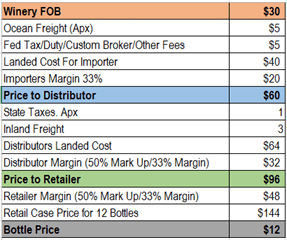
Spirits Category
Lets assume our goal is to get to $30 retail (USD). For that we are assuming that the price at the distillery is $60 USD per case for a 12 packs of 750ml.
